Why don't animals have toothache?
Teeth play a vital role in grinding food, both for humans and animals. While humans occasionally require dental maintenance, animals seem to have minimal dental issues. Why is this the case?
Animals do experience tooth pain, similar to humans, but it occurs far less frequently. The reason behind this lies in their diet and natural adaptations. Unlike humans, animals do not have the capacity to cut or process their food. Consequently, they chew their food meticulously, ensuring that their teeth come into contact with the food particles, effectively cleaning them.
Another crucial factor is the presence of the protein lysozyme in the saliva of most animals. This protein acts as a safeguard, preventing the occurrence of infections in the oral cavity. Additionally, animals generally do not consume sweets, except for pets, and they derive minimal sugar from their food, which reduces the risk of developing dental caries.
Reptiles have a unique dental characteristic: they continuously replace their teeth when they fall out. This feature ensures that their dental health remains intact throughout their lives.
On the other hand, lagomorphs and rodents, as mammals, possess incisors that grow continuously. These animals are fortunate as their constant gnawing helps naturally grind down their teeth.
Mammals in the wild often lose their teeth while hunting or attempting to chew on tough bones. While pets have a different set of circumstances and do not frequently lose their teeth, the most common dental issue they face is the accumulation of tartar. This occurs due to the consumption of excessive soft food and the absence of tough meat in their diets. Consequently, this has led to the emergence of veterinary dentistry as a distinct field within veterinary medicine.
Considering other animal groups, such as fish and reptiles, tooth-related problems also differ. For instance, sharks possess numerous rows of teeth that constantly grow throughout their lives. On average, a white shark replaces approximately 30,000 teeth throughout its lifespan.
Similarly, predatory reptiles like crocodiles do not encounter significant dental problems. Their teeth continually grow and replace the worn-out ones. This innate ability ensures that fish and reptiles generally have better dental health compared to mammals.
In conclusion, while animals do experience tooth pain to some extent, their diet, natural adaptations, and teeth regrowth mechanisms contribute to lower instances of dental issues. Nevertheless, pet animals may face specific dental problems due to diet-related factors, necessitating the emergence of veterinary dentistry as a specialized field. Conversely, fish and reptiles possess teeth that continuously regenerate, maintaining their dental well-being throughout their lives.
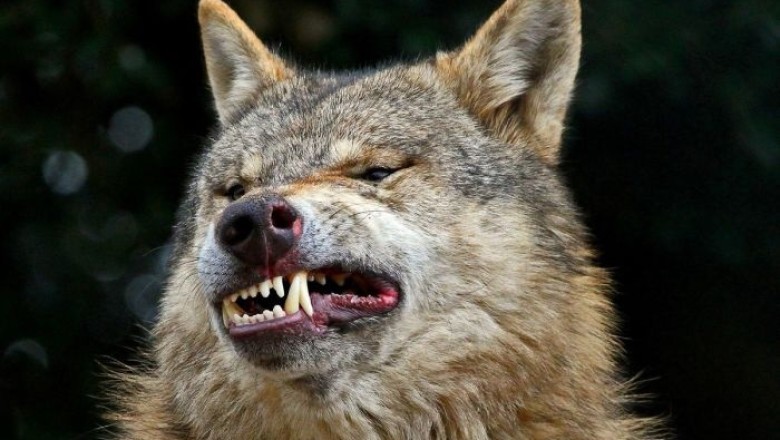










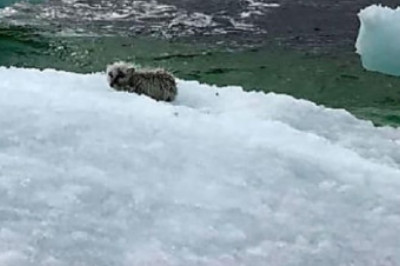

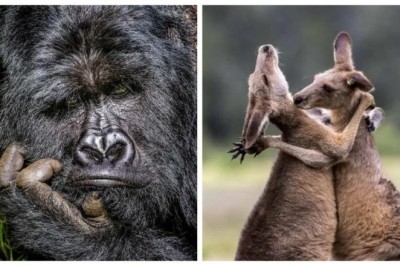


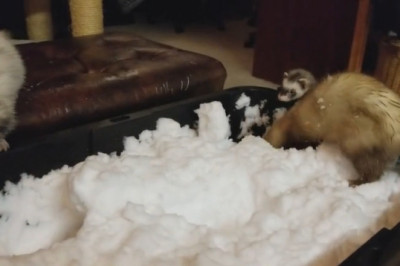

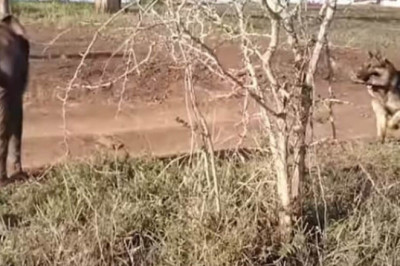


Comments
0 comment